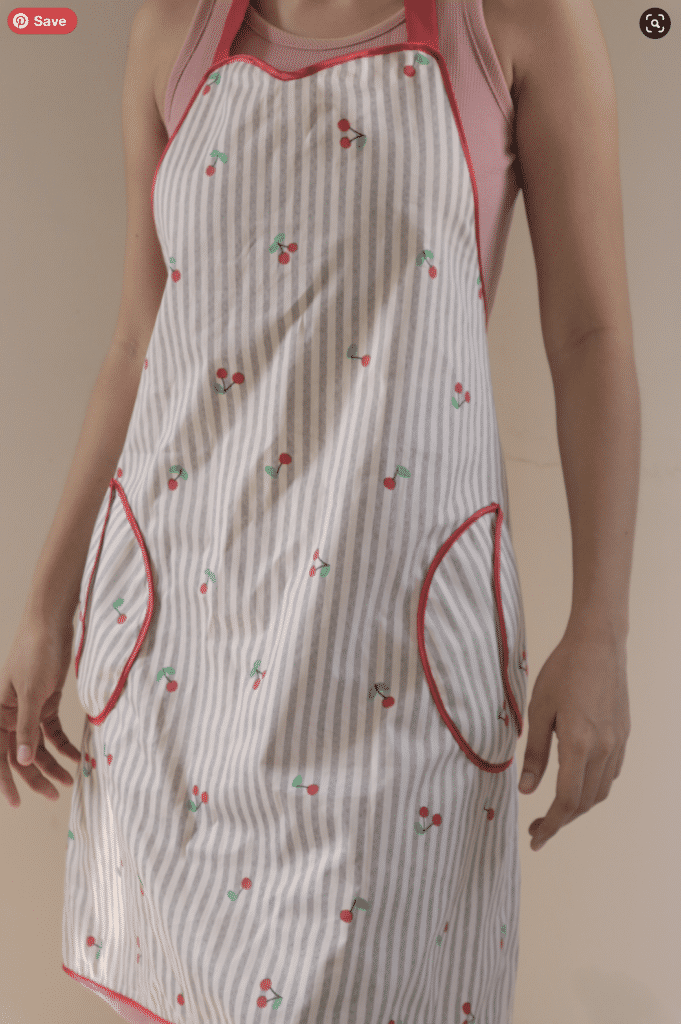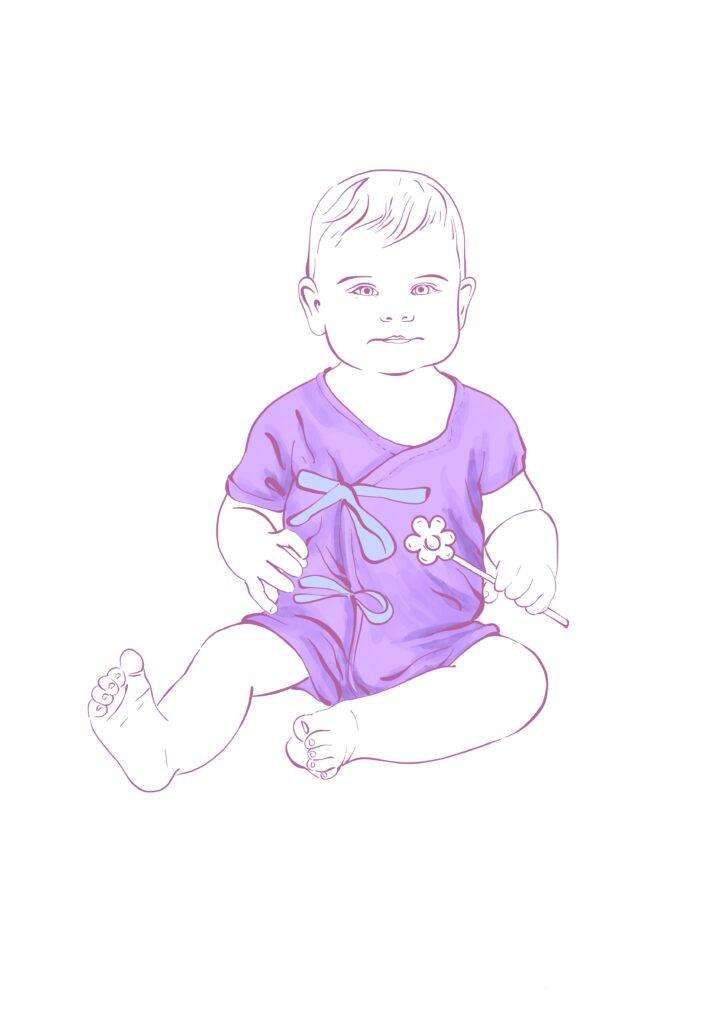- The Sewing Brew
- Posts
- 💥 “Shape Me—The Sexy Secrets of Sewing in Boning!” 💃
💥 “Shape Me—The Sexy Secrets of Sewing in Boning!” 💃
Save Money and Master Your Sewing Skills with These Expert Tips!

How to Sew in Boning: Elevate Your Sewing Skills
Ever stood in front of a boutique window, admiring that impeccable, runway-worthy dress? You know, the one with the perfect silhouette that seems sculpted to the body? What’s the secret behind that jaw-dropping shape? It’s not magic—it’s boning. And guess what? You can master this technique, too.
Let’s be real for a moment: if you want your creations to turn heads and say “custom-tailored” instead of “homemade,” adding boning is a great way to go. It gives structure, elevates your sewing game, and provides that sought-after fit and finish every sewist dreams of.
I remember the first time I tried to add boning to a garment. I was both excited and a little intimidated—would it look too stiff? Would I ruin my project? But as I learned to work with different types of boning, I realized it’s easier than it seems—and the results? WOW.
See our tips, product recommedations, books, and video suggestions below on boning.
The Foundation of Structured Garments
Understanding Boning
Boning is a crucial element in garment construction, especially in creating a well-structured bodice. Traditionally made from whalebone, modern boning materials include steel and plastics, providing the necessary support and shape.
A well-constructed bodice can transform a garment, enhancing the wearer's figure and ensuring a professional finish. Learning to install boning, particularly in items like corsets, can be a game-changer for your sewing projects.
Key Elements of Boning
The process of sewing boning can be broken down into three key elements: preparation, installation, and finishing. Each phase requires careful attention to ensure the final product is both durable and comfortable.
Preparation: Measure the boning based on your bodice pattern, ensuring it is slightly shorter than the seam allowance to avoid discomfort.
Installation: Boning can be inserted into sewn casings or the seam allowance. Different methods will be discussed below.
Finishing: Ensure the boning aligns with the body's natural curves, securing it with stitching to prevent movement.
Creating Boning Channels: A Step-by-Step Guide
Creating and Attaching Channels for Boning
Channels, or casings, house the boning and keep it in place, ensuring comfort for the wearer. These can be made using bias tape or seam allowance. The width of the channels is crucial; they must be snug enough to hold the boning securely but not so tight as to hinder insertion.
Prepare the Boning:
Cut the boning to the desired length, ensuring it's slightly shorter than the seam or area where it will be inserted.
If using plastic boning, round the edges with scissors or cover the ends with fabric tape to prevent poking through the fabric.
Create a Boning Casing:
Cut a strip of fabric or use premade bias tape to create a casing.
Fold the fabric strip in half lengthwise and press, then sew along the long edge to create a tube. The casing should be wide enough to fit the boning securely.
Position the Casing:
Pin or baste the casing along the seam allowance or garment edge where the boning will be inserted. Common areas include bodice seams, corsets, and bustiers.
Ensure the casing is straight and aligned with the seam.
Sew the Casing to the Garment:
Sew the casing onto the garment, stitching close to the edge of the casing on both sides, leaving one end open for inserting the boning.
Be sure to sew through the seam allowance without affecting the exterior of the garment.
Caught short just before payday?
Chime® fee-free overdraft can spot you up to $200*!
Signing up takes 2 minutes!
How do I get started?
Create your account and set up your direct deposit to enroll in our SpotMe® feature.
How does it work?
Once you’ve enrolled, whenever you go over you’ll be spotted up to your limit.*
Are there any fees?
Chime® doesn’t believe in unnecessary fees so, there’s no fees to enroll for SpotMe®.
*SpotMe® on Debit is an optional, no fee overdraft service attached to your Chime Checking Account. To qualify for the SpotMe on Debit service, you must receive $200 or more in qualifying direct deposits to your Chime Checking Account each month and have activated your physical Chime Visa® Debit Card or secured Chime Credit Builder Visa® Credit Card. Qualifying members will be allowed to overdraw their Chime Checking Account for up to $20 on debit card purchases and cash withdrawals initially but may later be eligible for a higher limit of up to $200 or more based on Chime Account history, direct deposit frequency and amount, spending activity and other risk-based factors. The SpotMe on Debit limit will be displayed within the Chime mobile app and is subject to change at any time, at Chime’s sole discretion. Although Chime does not charge any overdraft fees for SpotMe on Debit, there may be out-of-network or third-party fees associated with ATM transactions. SpotMe on Debit will not cover any non-debit card transactions, including ACH transfers, Pay Anyone transfers, or Chime Checkbook transactions. SpotMe on Debit Terms and Conditions.
Insert the Boning:
Slide the boning into the open end of the casing. Ensure it fits snugly but without stretching the fabric.
Push the boning all the way to the bottom of the casing.
Secure the Boning:
Once the boning is in place, sew across the open end of the casing to secure the boning inside.
You can also reinforce the stitching at the top and bottom of the casing to prevent the boning from shifting during wear.
Final Check:
Check that the boning is lying flat and comfortably inside the garment without causing distortion to the fabric.
If necessary, press the garment carefully, avoiding direct heat on plastic boning.
These steps will ensure the boning is neatly inserted and provides the desired structure to your garment.
Frequently Asked Questions About Boning
Can You Hand Sew Boning?
Yes, hand sewing boning is possible, especially for smaller projects or when a sewing machine is unavailable. Patience and precision are key to ensuring a secure and neat finish.
Can You Sew Through Plastic Boning?
Yes, plastic boning can be sewn through using a heavy-duty machine needle and the right stitch settings. Ensure the stitches are close enough to secure the boning without weakening it.
When in Doubt, Go to Professor Pin Cushion. See their how to step-by-step video on boning.
MEMBER ACCESS
Pattern Reviews
Our Blog
More from Sewing Pattern Secrets
See our Sales Page Offer: We offer a database of over 150 sewing patterns, instructions, 46 supporting sewing tutorials, and 5 ebooks. Learn more.
Existing Members: Access your Paid Library Here
Five Free Sampler Site Members: Sign into your Five Free Pattern Access
Sign up for Access to the Five Free Pattern Mini Sampler Site Here
How to Print Our Patterns Blog Article
Want to see more about what is INSIDE the database? Peek INSIDE NOW
Affiliate Disclosure
Some of the links in this email and in The Sewing Brew newsletter contain affiliate links, which means if you click on them and make a purchase, we authors may receive a small commission, at not extra cost to you. This helps support our work and allows us to to continue to provide valuable free content. I only recommend products that I use and love. Thank you for your support.











Reply